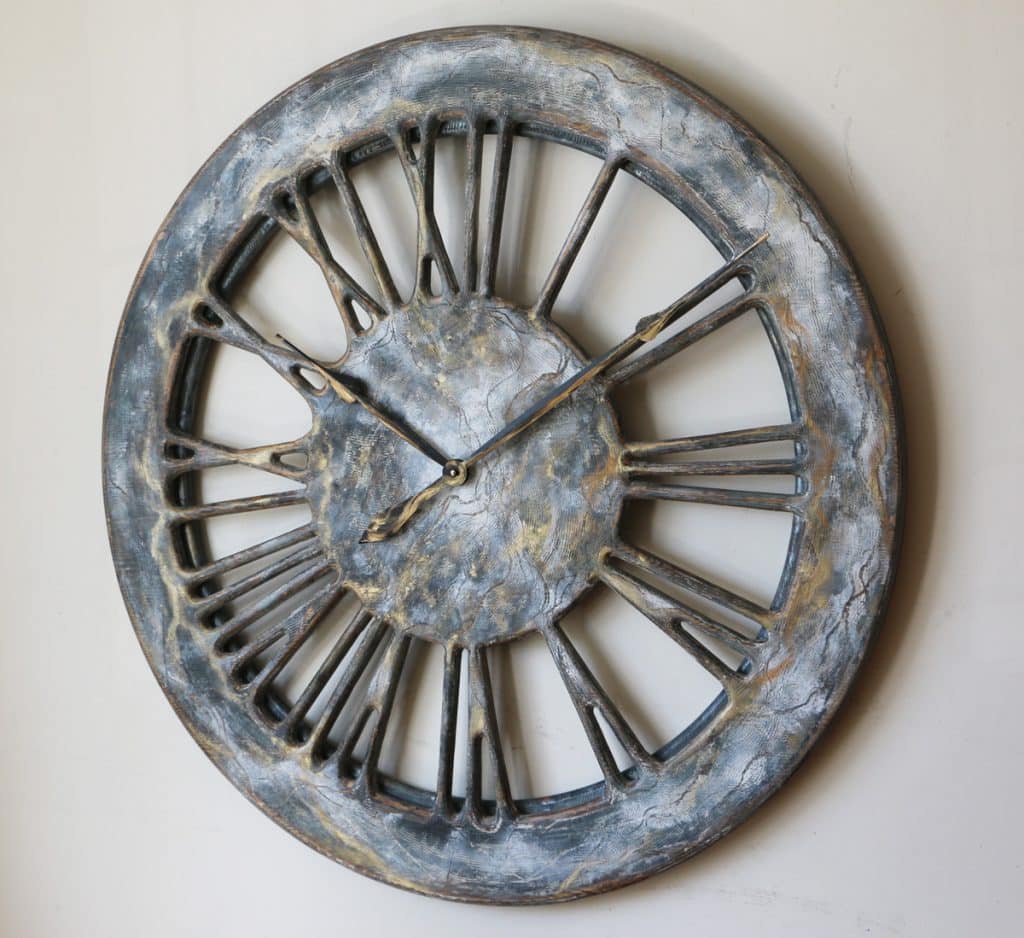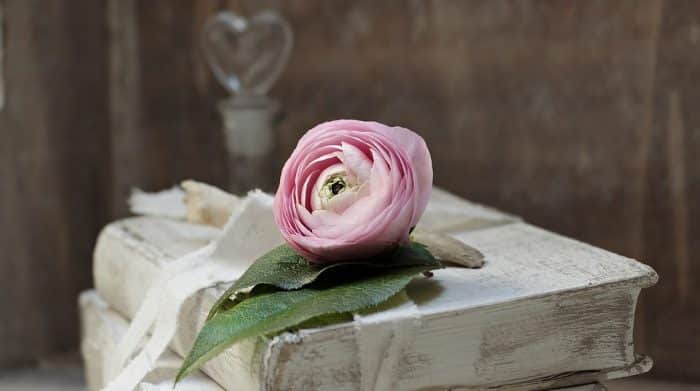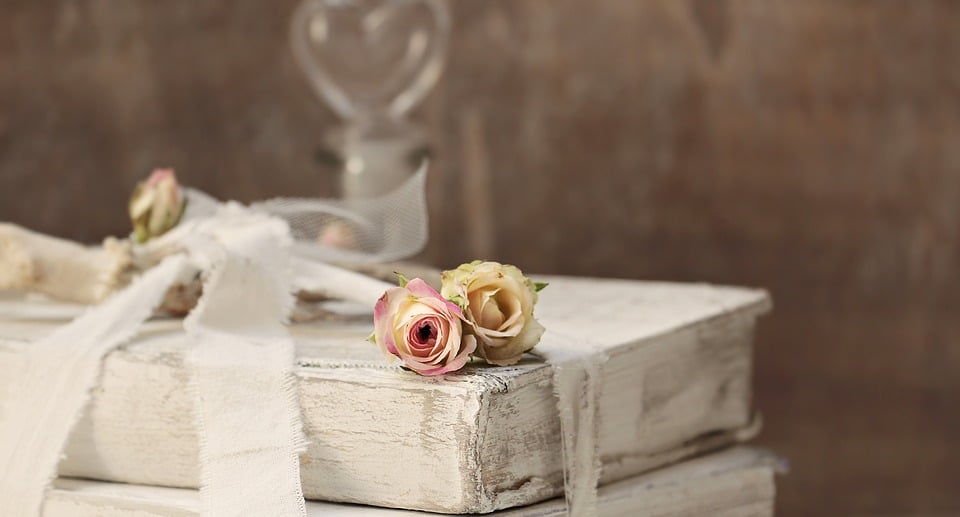7 Essential Elements of Shabby Chic Style: How to Create the Perfect Vintage-Inspired Home
Are you longing to transform your home into a charming and cozy sanctuary with a touch of vintage elegance? Look no further than the delightful world of shabby chic style. In this article, we will explore the 7 essential elements of shabby chic style and show you how to effortlessly create the perfect vintage-inspired home.
Shabby chic is a design aesthetic that embraces a combination of weathered and distressed furniture, soft pastel colour palettes, and delicate floral patterns. It exudes an air of effortless sophistication and timeless beauty. With its romantic and eclectic charm, shabby chic style brings warmth and comfort to any space.
We will discuss the key elements to achieve this enchanting style, including choosing the right furniture, incorporating distressed finishes, using soft and dreamy colours, layering textures, adding vintage accents, embracing floral patterns, and creating cozy and inviting spaces.
Whether you are starting from scratch or looking to add a shabby chic touch to your existing décor, this guide will equip you with the knowledge and inspiration to create a truly unique and captivating vintage-inspired home. Transform your space into a haven of nostalgia and elegance with the 7 essential elements of shabby chic style.
The history and origins of shabby chic style
Shabby chic style has its roots deeply embedded in the English countryside, where the aesthetic first emerged in the late 20th century. Originally popularized by designer Rachel Ashwell in the 1980s, this style draws inspiration from the idea of a timeworn elegance that reflects both comfort and charm. The term “shabby chic” itself conveys a sense of well-loved furniture and décor, embodying a relaxed and inviting approach to interior design. It emphasizes the beauty found in imperfection, celebrating the stories that each piece of furniture carries with it.
The origins of this design movement can be traced back to the rise of vintage and antique markets, where individuals began to cherish items that had a history. As people sought to create homes filled with character and warmth, the style began to resonate widely. The melding of rustic elements with soft, feminine touches brought forth a new wave of decorating that emphasized a nostalgic, romantic feel. The concept appealed to those who appreciated the charm of the past while desiring a cozy, lived-in atmosphere in their homes.
Throughout the years, shabby chic has evolved into a global phenomenon. While it started with a distinctly English influence, elements of the style can now be found in homes across the world. Vintage-inspired décor has made its way into contemporary design, merging with modern aesthetics to create unique living spaces. The adaptability of shabby chic allows it to transcend trends, making it a timeless choice for anyone looking to infuse their home with a sense of history and warmth.
Key characteristics of shabby chic style
At its core, shabby chic style is characterized by a blend of comfort, elegance, and a touch of the rustic. One of the most notable features of this aesthetic is the use of distressed furniture. Pieces are often intentionally aged, showcasing wear and tear that adds to their charm. This can include chipped paint, weathered wood, or faded upholstery, all of which contribute to the overall relaxed vibe of the space. The imperfections in these items tell a story, inviting a sense of nostalgia and warmth into the home.
Another defining characteristic of shabby chic design is its colour palette. Soft, muted tones dominate this style, evoking a serene and dreamy atmosphere. Pastels such as pale pinks, soft blues, and gentle greens are commonly used, creating a soothing backdrop for the decor. These colors can be paired with crisp whites or creamy neutrals to enhance the light and airy feel of the space. The aim is to create a harmonious environment that feels both inviting and tranquil.
Textural variety is also essential in shabby chic interiors. Layering different materials adds depth and interest to the design. Soft linens, delicate lace, and chunky knit throws can be combined to create a cozy and inviting atmosphere. Additionally, incorporating natural elements such as wood and wicker can enhance the rustic charm, while vintage accessories like ornate mirrors and antique frames contribute to the overall aesthetic. Each element plays a crucial role in crafting a space that feels both curated and effortlessly comfortable.
Colors and patterns in shabby chic design
When it comes to colours in shabby chic design, the emphasis is on soft, muted hues that evoke a sense of calm and tranquillity. The colour palette often features pastels, such as blush pink, powder blue, mint green, and buttery yellow, which can create a serene environment. These gentle colours are reminiscent of vintage florals and sun-faded fabrics, enabling the design to reflect a sense of nostalgia. In addition to pastels, shades of white and cream are frequently used to brighten and open up spaces, contributing to the airy feel that is central to shabby chic aesthetics.
Patterns play a significant role in establishing the character of a shabby chic home. Floral prints are particularly iconic, often seen on fabrics, wallpapers, and accessories. These patterns can range from delicate, small-scale designs to bold, oversized blooms, allowing for a variety of interpretations within the style. Other popular patterns include stripes and checks, which can be used to add a charming, rustic element to the decor. The key is to maintain a cohesive look while allowing for a mix of patterns that evoke a sense of whimsy and romance.
In addition to color and pattern, the way these elements are combined is crucial in achieving the shabby chic look. Layering patterns, such as mixing floral cushions with striped throws or using different floral prints in a single space, can create visual interest without overwhelming the senses. The goal is to maintain a balance between harmony and eclecticism, allowing each piece to shine while contributing to the overall aesthetic. By thoughtfully selecting colours and patterns, you can craft a space that embodies the enchanting spirit of shabby chic design.
Incorporating vintage and antique items into your shabby chic home
Bringing vintage and antique items into your home is one of the most effective ways to achieve the shabby chic aesthetic. These pieces are often rich in character and history, making them perfect for creating a warm and inviting atmosphere. When selecting vintage items, look for pieces that showcase craftsmanship and tell a story, whether it’s a beautifully carved wooden dresser or a delicate porcelain vase. These elements not only serve as functional décor but also as conversation starters that add depth to your interior design.
One of the best ways to incorporate vintage items is by mixing and matching different styles and eras. Combining a rustic farmhouse table with Victorian-era chairs or pairing a mid-century lamp with a shabby chic sofa can create an eclectic yet cohesive look. This approach allows you to express your personality and creativity while embracing the charm of the past. Thrift stores, flea markets, and antique shops are gold mines for finding unique pieces that can enhance your shabby chic décor.
When integrating vintage items into your space, consider their placement and arrangement. Grouping similar items together can create a curated display that feels intentional and well thought out. For instance, a collection of vintage teacups can be arranged on a shelf or a side table, while an antique trunk can serve as a coffee table with added storage. Additionally, don’t shy away from using vintage items in unexpected ways; an old ladder can be transformed into a unique bookshelf, while a vintage suitcase can become a stylish side table. By thoughtfully incorporating these elements, you’ll infuse your home with a sense of history and charm.
Furniture and decor elements in shabby chic style
Choosing the right furniture is crucial to achieving the shabby chic aesthetic in your home. Look for pieces that feature soft, rounded lines and a comfortable feel. Upholstered furniture in light fabrics, such as cotton or linen, works beautifully in this style. Opt for slipcovers that can be washed and changed out seasonally, allowing for a fresh look without sacrificing comfort. Additionally, consider furniture with a distressed finish, as this adds to the charm and character of each piece. Vintage finds are often the best choice, as they tend to embody the desired aesthetic more authentically.
In terms of decor elements, layering is key. Use a mix of textiles, such as throws, cushions, and rugs, to create a cozy atmosphere. Soft, tactile materials, like lace and linen, can enhance the romantic feel of the space. Don’t forget to incorporate decorative items like picture frames, vases, and candles, which can add personality and warmth to your home. Vintage mirrors can also serve as both functional and decorative pieces, reflecting light and creating a sense of spaciousness.
Lighting plays an essential role in setting the mood of a shabby chic home. Soft, diffused lighting can enhance the cozy atmosphere, so consider using table lamps with warm-toned bulbs, chandeliers with a vintage flair, or even fairy lights for a whimsical touch. The goal is to create an inviting and warm ambiance that encourages relaxation and comfort. By carefully selecting furniture and décor elements, you can craft a space that embodies the enchanting essence of shabby chic style.
Large wall clocks in shabby chic style
One of the standout elements of shabby chic décor is the incorporation of large wall clocks, which serve both a functional and decorative purpose. These timepieces often feature distressed finishes, vintage designs, and intricate details, making them perfect focal points for any room. A large wall clock can anchor a space, drawing the eye and adding a sense of character to your wall. Consider choosing a clock with a weathered wood or wrought iron frame to enhance the rustic charm of your shabby chic aesthetic.
In addition to their aesthetic appeal, large wall clocks can also serve as a reminder to slow down and savor the moment, aligning perfectly with the cozy and inviting atmosphere of shabby chic design. They can be placed in key areas of your home, such as the living room or dining area, where they can be easily admired. When selecting a clock, think about its placement in relation to other décor elements, ensuring it complements the overall design while standing out as a statement piece.

When styling around your shabby chic wall clock, consider the surrounding décor to create a cohesive look. You might want to arrange smaller vintage items or framed photographs around the clock, creating a gallery wall that showcases your personal style. Alternatively, placing it above a console table adorned with fresh flowers and candles can create a beautiful vignette that captures the essence of shabby chic. The large wall clock becomes not only a functional item but also a captivating decorative element that enhances the overall charm of your home.
Conclusion: Embracing the charm of shabby chic style in your home
Embracing shabby chic style in your home is all about creating a space that reflects your personality while radiating warmth and charm. By understanding the essential elements of this design aesthetic, you can transform your living space into a cozy sanctuary filled with vintage-inspired beauty. From the history and characteristics of shabby chic to the importance of colour, pattern, and vintage items, each aspect contributes to the enchanting atmosphere of your home.
As you embark on your journey to create the perfect shabby chic environment, remember to focus on layering textures, incorporating distressed finishes, and selecting décor that tells a story. The beauty of shabby chic lies in its ability to combine the old with the new, allowing you to curate a home that feels both timeless and personal. By thoughtfully choosing each element, you can craft a space that invites relaxation and inspires nostalgia.
Ultimately, shabby chic style is about finding joy in imperfections and celebrating the beauty of history. Whether you’re starting from scratch or adding subtle touches to your existing décor, this guide provides the foundation to create a truly unique and captivating vintage-inspired home. Allow the charm of shabby chic to infuse your space with warmth and character, making your home a haven of comfort and elegance for years to come.



